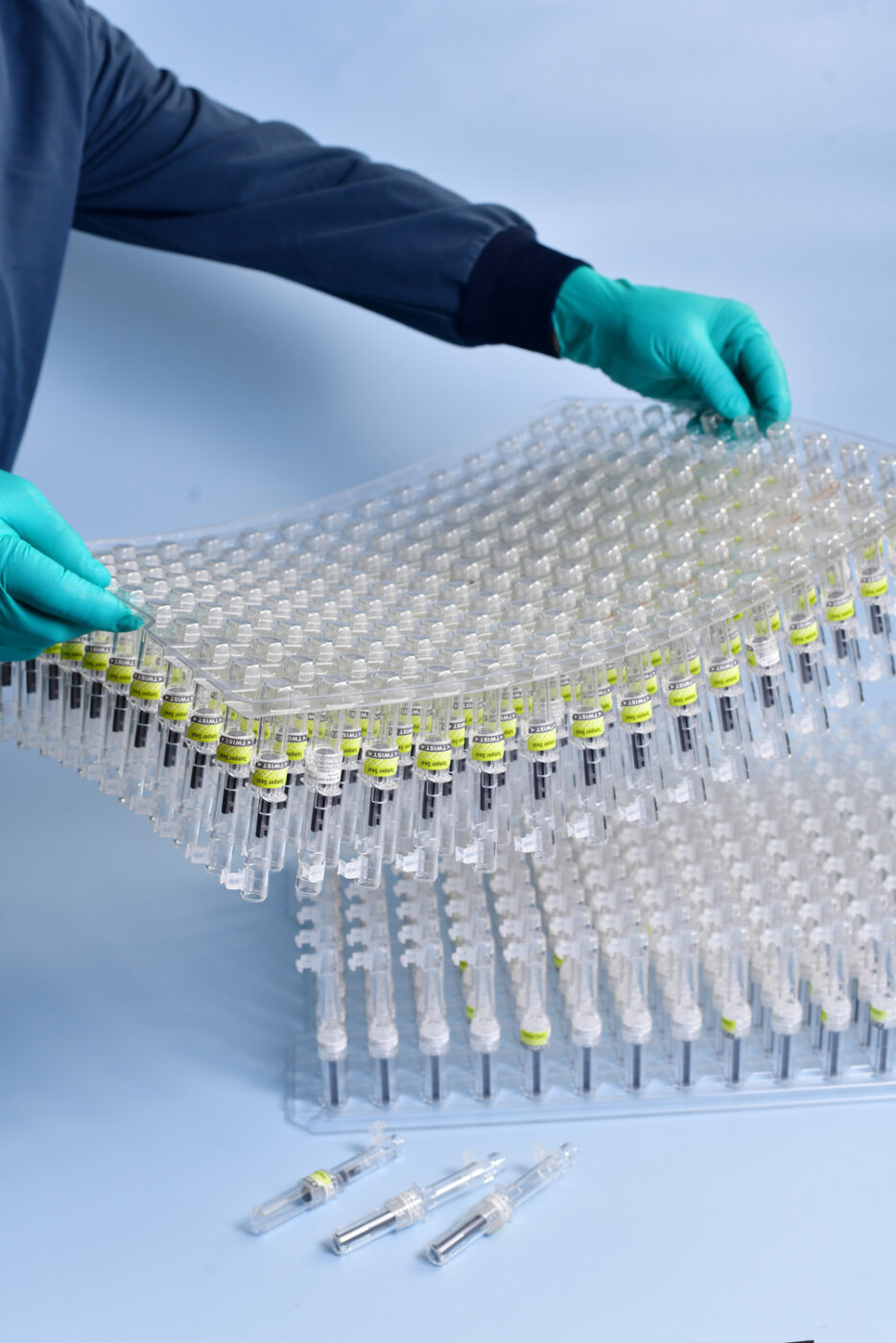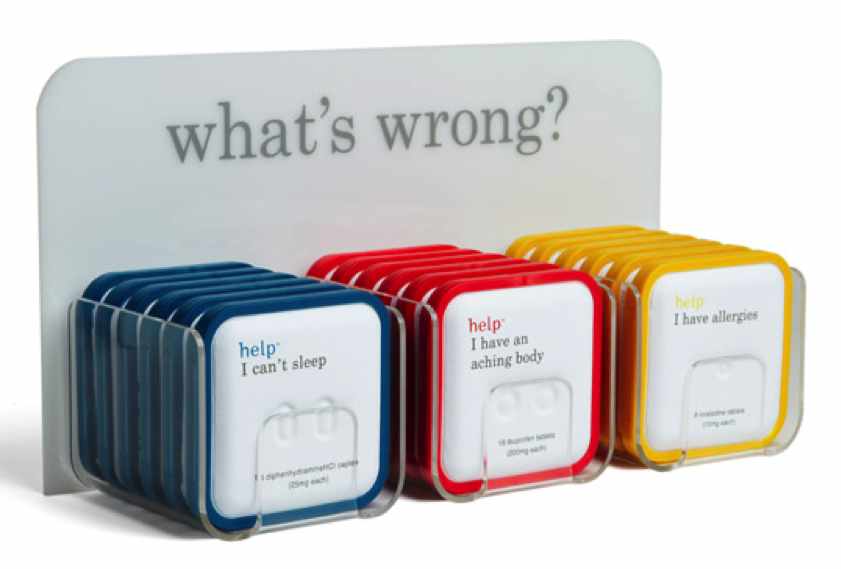
In the fast-paced world of healthcare and pharmaceuticals, thermoformed automation trays, also…


As thermoforming specialists, the PI team consistently gets questions from people asking what exactly the thermoforming process is and how to use it to create a custom packaging design. Here, we’ve outlined some of the basics behind the thermoforming process, as well as the different forming methods you can use for your products’ packaging: vacuum, plug assist and plug assist pressure. Consult with our guide to see which could work best for your plastic packaging design.
Thermoforming is the process used to create custom plastic designs. To develop a thermoformed design, the packaging team stretches a heated sheet of plastic over a mold to create a one-of-a-kind design. To create these packaging designs, packaging specialists contain air pressure in a designated box. After the packaging design cools into the shape of the mold, the packaging team will trim and assemble the design. Thermoforming is used when the pressure on a plastic sheet exceeds 15 lbs. per square inch, up to 150 lbs. per square inch. Packaging created for the food, pharmaceutical and electronics industries all utilize thermoforming.
Vacuum forming, used for creating packaging designs with that do not require depth or thickness, utilized a “simple” version of the thermoforming where a sheet of plastic stretches over or into a female mold. With the use of negative air pressure, the plastic packaging design forms over the mold. Companies tend to prefer vacuum forming because it is more cost effective and has a streamlined process. The vacuum forming machines cost less to operate, and the materials tend to be less expensive as well. Because these designs are not as intricate, vacuum formed packaging also requires less time to create. However, vacuum forming does not yield as many products as other packaging design methods, making it more ideal for shorter runs.
Plug assist packaging formation utilizes a male plug tool that mounts over the machine to force the plastic material into the female cavity and create the plastic packaging design. The plug may be constructed of urethane, aluminum or syntactic foam. Because this method has a consistent fill, it can ensure a similar thickness for each run. Plug assist forming can also prevent any webbing in the packaging design.
Plug assist pressure forming is very similar to plug assist forming, yet the two have key differences. A plug still mounts over the material as in plug assist forming, but this time, air vented under the sheet applies pressure onto the plug side. The temperatures in plug assist pressure forming must remain consistent to ensure desired results.
The first step to producing good thermoformed packaging is creating an excellent design. Your design will determine almost everything else for your packaging, including materials, tooling and more. When you sit down with your packaging design team, explain to them what you had in mind for your project, as well as any specifics about your product they should be aware of. They will then suggest various structures that provide high levels of protection that are still aesthetically appealing.
Next, your team will select the appropriate plastic material. Many companies commonly use PET and PETG plastics to create their thermoformed parts. Both have their advantages and are suitable for a variety of applications. Packaging companies often utilize PET plastic to create thinner thermoformed products, like water bottles. PETG has added glycol to create a stronger design, which makes it suitable for clamshell or blister packaging. Both plastic materials are FDA friendly and acceptable for food packaging designs.
Once you and your packaging company determine a design and materials, your team will then need to produce customized tooling to create your package. To make this step of the packaging creation process easier, consider working with an all-inclusive company. A vertically integrated packaging company will be able to produce tooling in-house, which also provides the added benefit of cost savings.
To develop your packaging, your team will next need to develop a plug design. If you are using stock packaging, your team may already have a plug design available for you to use. However, for custom packaging designs, they will need to produce a one-of-a-kind plug form.
Some packaging designs, especially those in the medical industry, must be processed in highly sterile environment in which outside contamination cannot enter. The best packaging designs are processed in state-of-the-art, ISO Class 8 clean room environment. These facilities are equipped with the necessary components, including a positive pressure HVAC system with HEPA filtration, customized material handling, and proprietary trimming.
Packaging designs must be produced in an expedited time frame to ensure products can reach their intended markets when needed. Without an efficient timeline in place, the packaging design, creation and revision could take months; in that time, products may lose their relevancy or popularity with consumers. Again, choosing a vertically integrated company can be beneficial because all of your processes will be completed in the same place and your packaging can be completed that much more quickly.
Before your company fulfills your entire packaging order, they will produce a prototype of the design to determine if they need to adjust anything, such as material distribution or shape. Thermoforming allows for much greater control for material distribution in comparison to other processes, such as vacuum forming, so they will most likely not need to make any drastic changes and finalize your project. Still, consult with your team to ensure material is distributed as needed and the gauge meets requirements.
Have any additional questions about thermoforming or which method could work best for your packaging designs? Contact PI today.
